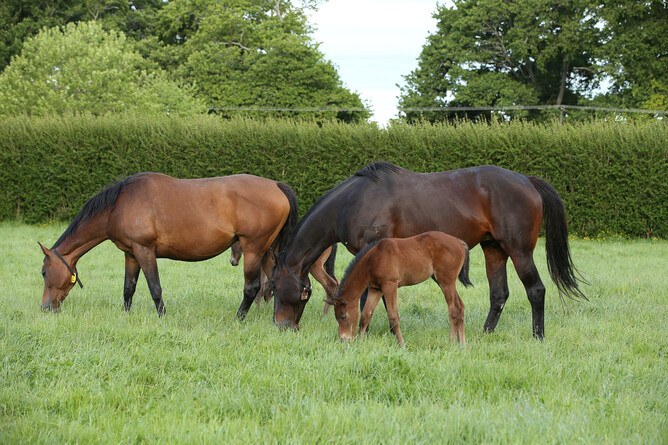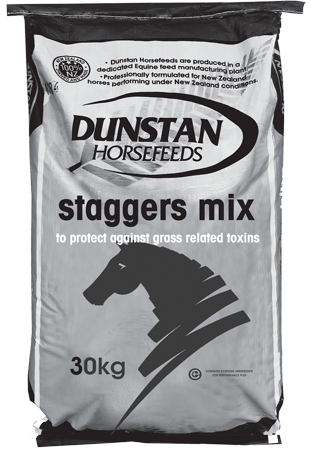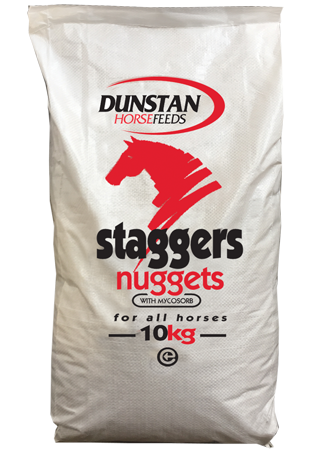
Rye Grass Staggers is a frustrating condition affecting some horses and not others. It certainly has a seasonal component and is traditionally most prevalent in late summer, autumn.
However, this year rye grass staggers may have come early depending on your locality, likely due to the very unusual climatic conditions we have been experiencing.
Rye grass staggers is the result of the endophyte present in rye grass producing two mycotoxins, lolitrem B and erogvaline.
Lolitrem B is a potent neurotransmitter inhibitor and produces the classic wobbly, un-coordinated gait and muscle tremors seen in effected horses. Ergovaline reduces heat tolerance in animals.
The mycotoxin is found primarily in the seed head or at the base of the plant, therefore horses forced to graze very low pastures or those grazing seed heavy pastures will be more effected. Interestingly, a number of horses may be grazing the same paddock and only one show symptoms.
Management can certainly be difficult however some of the following actions may assist:
• Avoid grazing pastures hard
• Top pastures to remove seedheads
• Remove affected horses from pasture
• Utilise low or no endophyte pastures if applicable
• Provide increased supplementary forage/feed. Forage from non-affected pastures.
• Application of mycotoxin binders
There is very little research in horses regarding the use of toxin binders to assist with the management of pasture mycotoxins, however they are widely used in other species to assist with management for ‘in feed’ mycotoxins. Anecdotally, horse owners have found the use of mycotoxin binders beneficial in the management of rye grass staggers. Mycotoxin binders come in two forms - a clay based or yeast based product. Their action is to bind to the mycotoxin and pass it through the digestive tract excreting them in the manure (rather than being absorbed into the blood stream).
The key consideration when using mycotoxin binders to assist in management of pasture mycotoxins is that they act on the food the animal is consuming at the time. As horses graze for to 17 hours per day this can make application of mycotoxin binders difficult. Therefore, it ideal to spread the consumption of a toxin binder or feed containing a toxin binder over as many feeds as possible, a minimum of twice daily but ideally more frequently in active cases.



